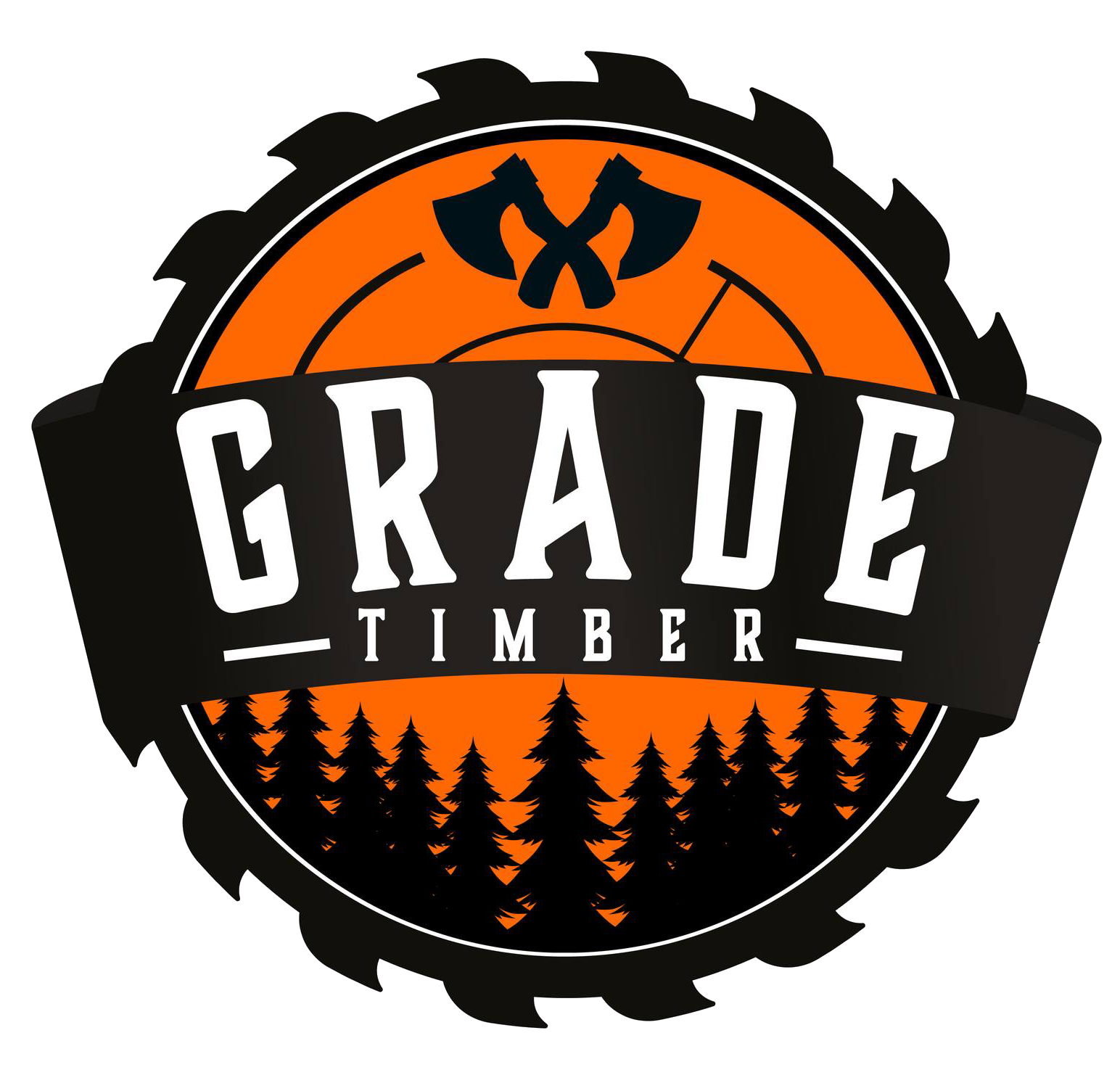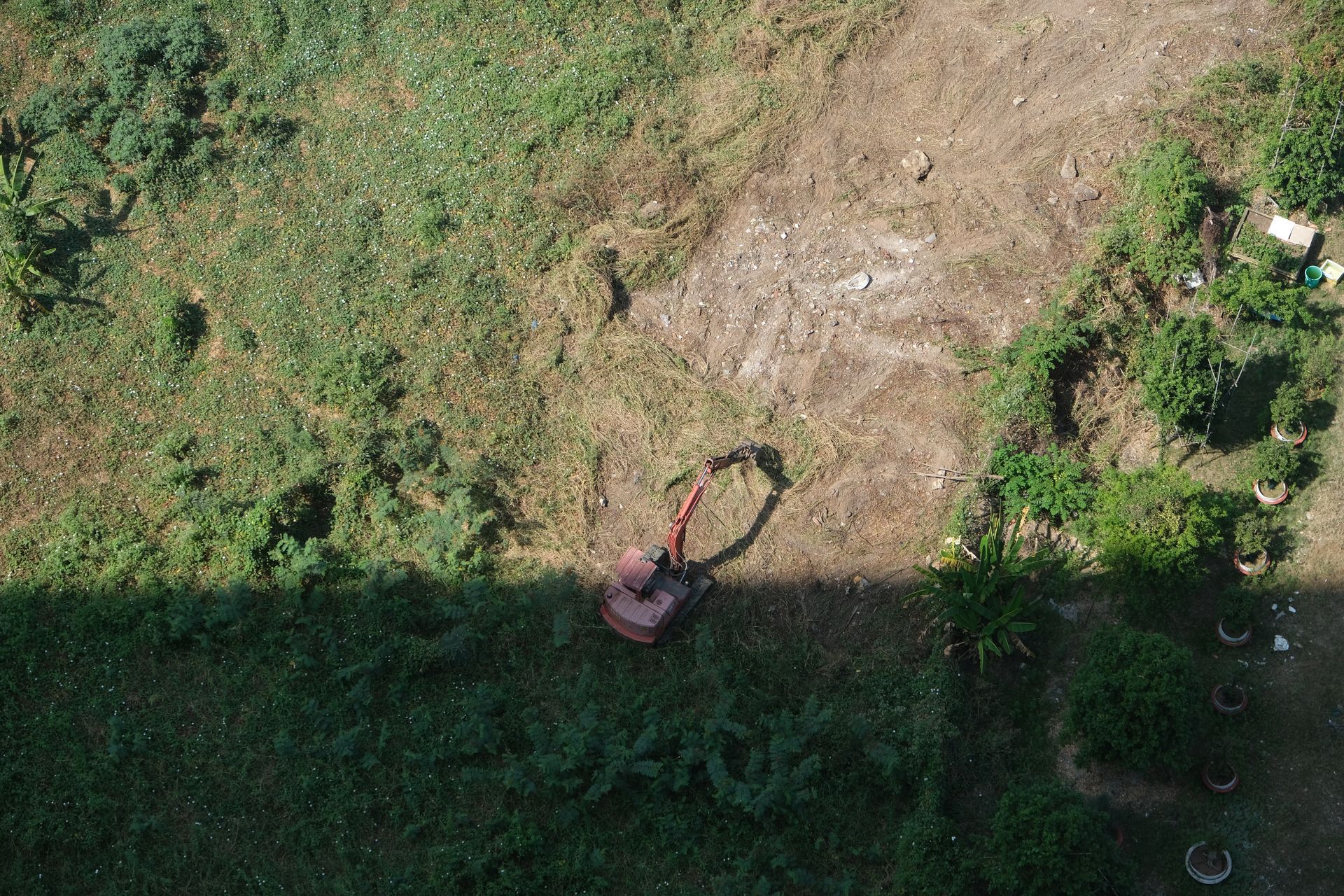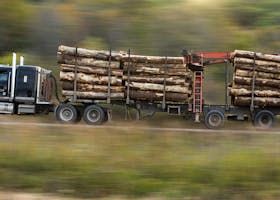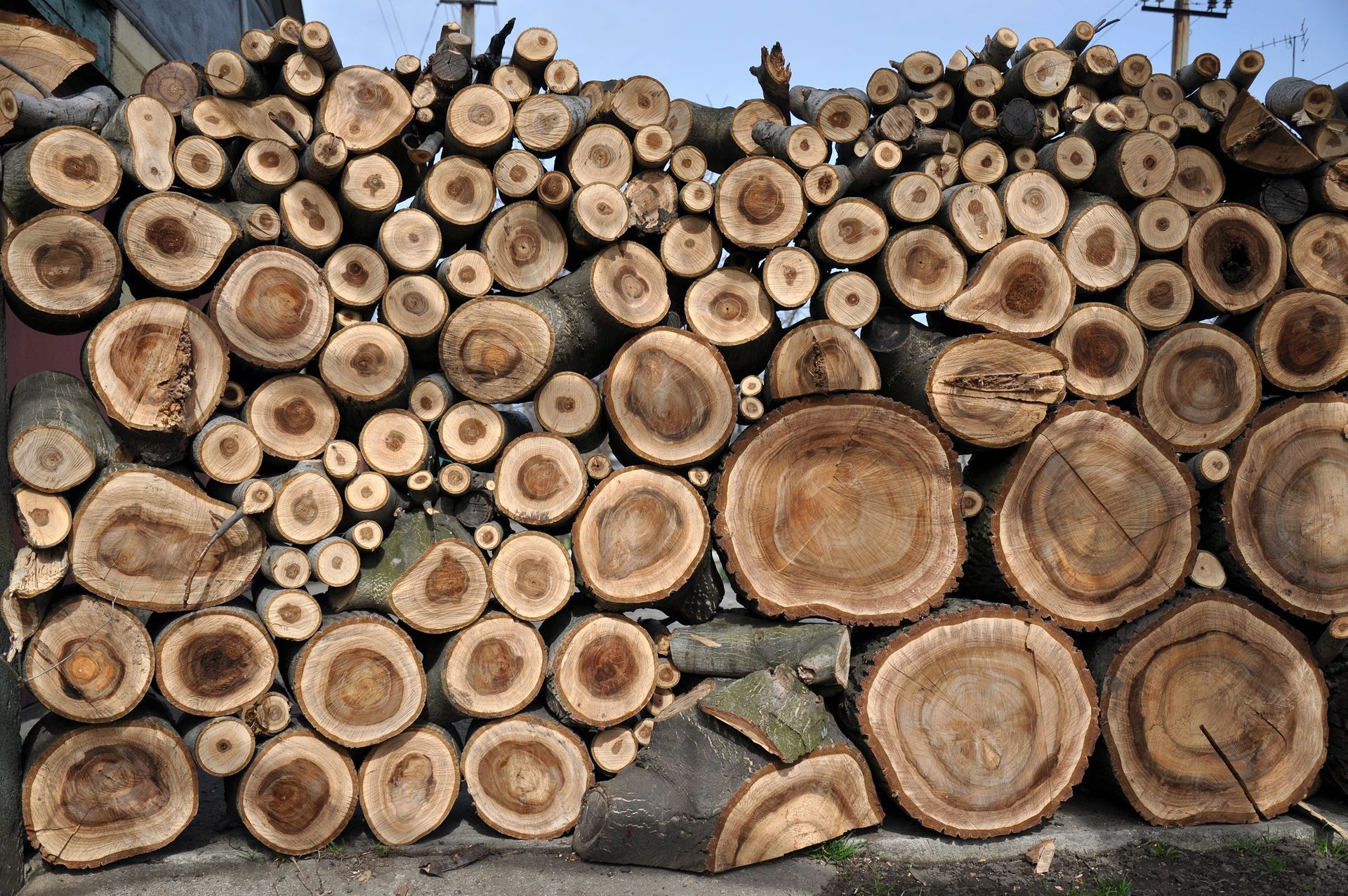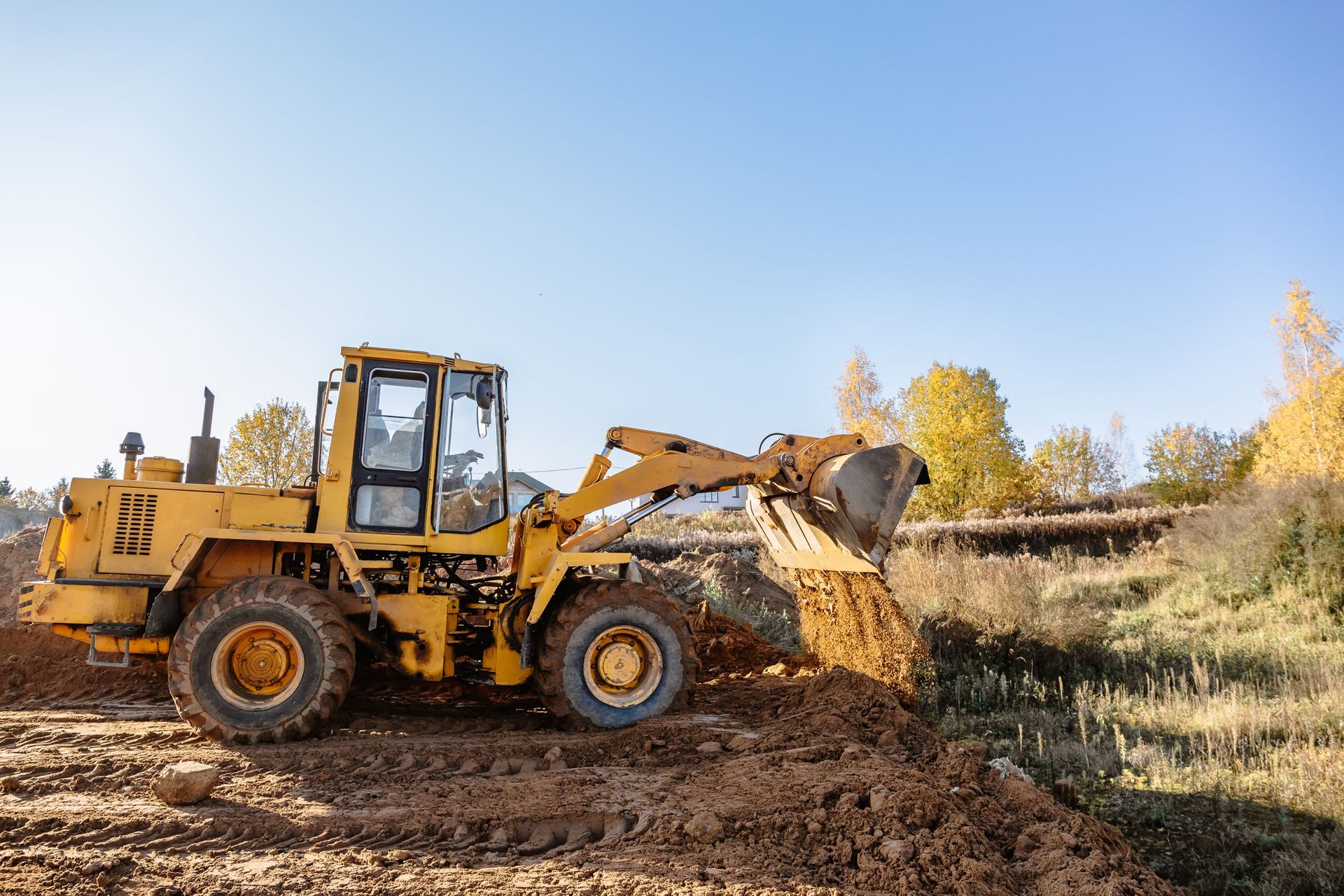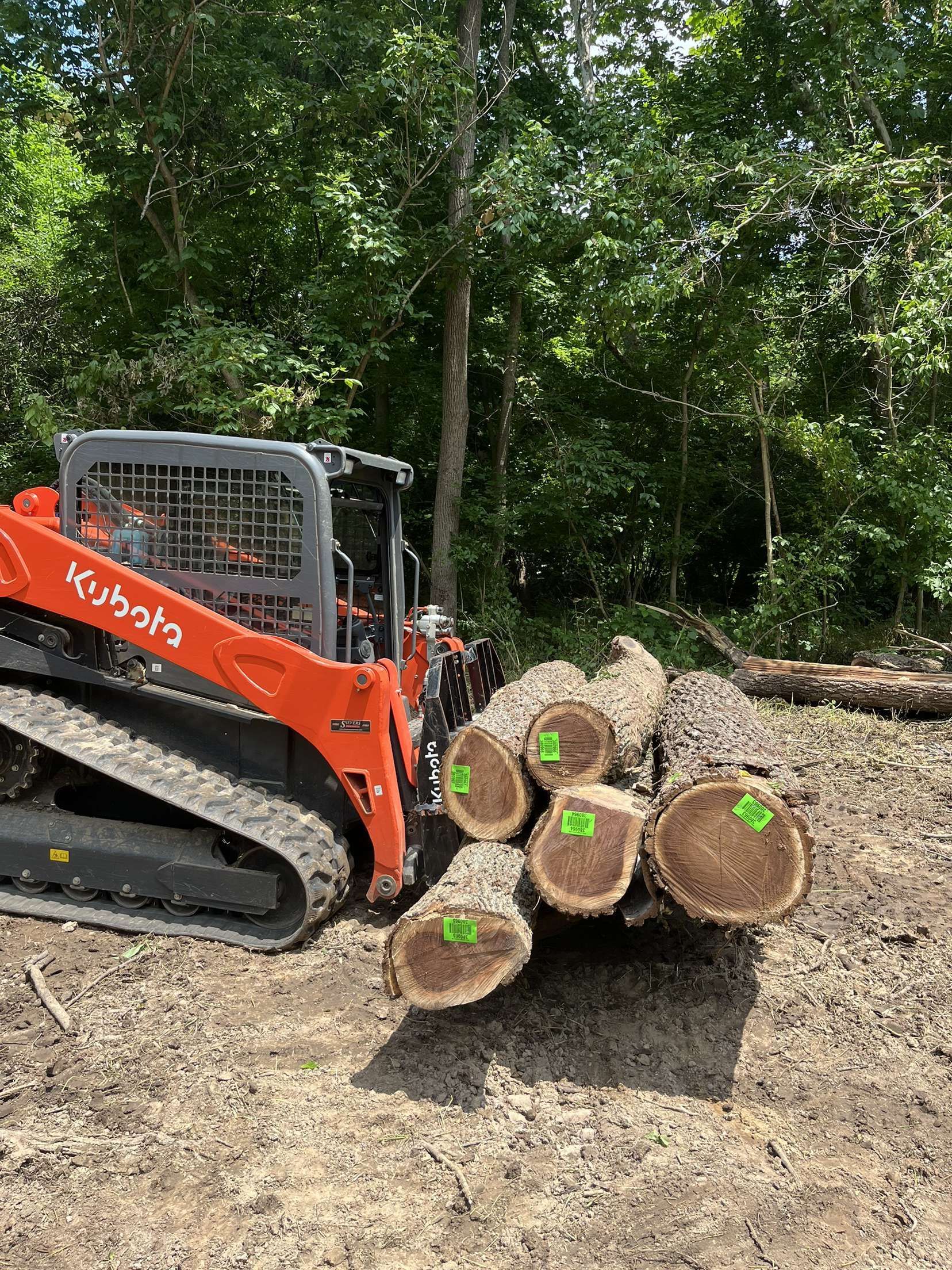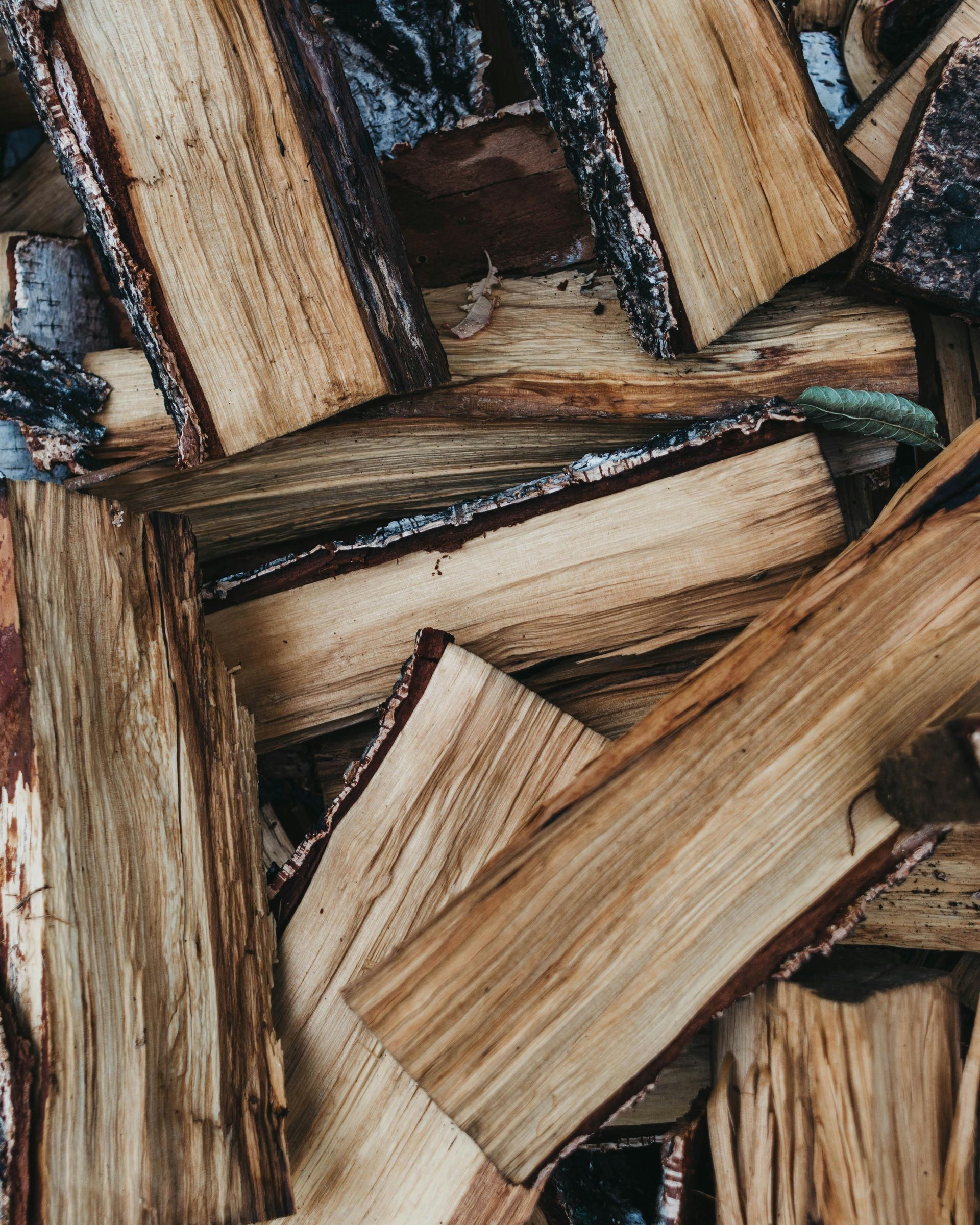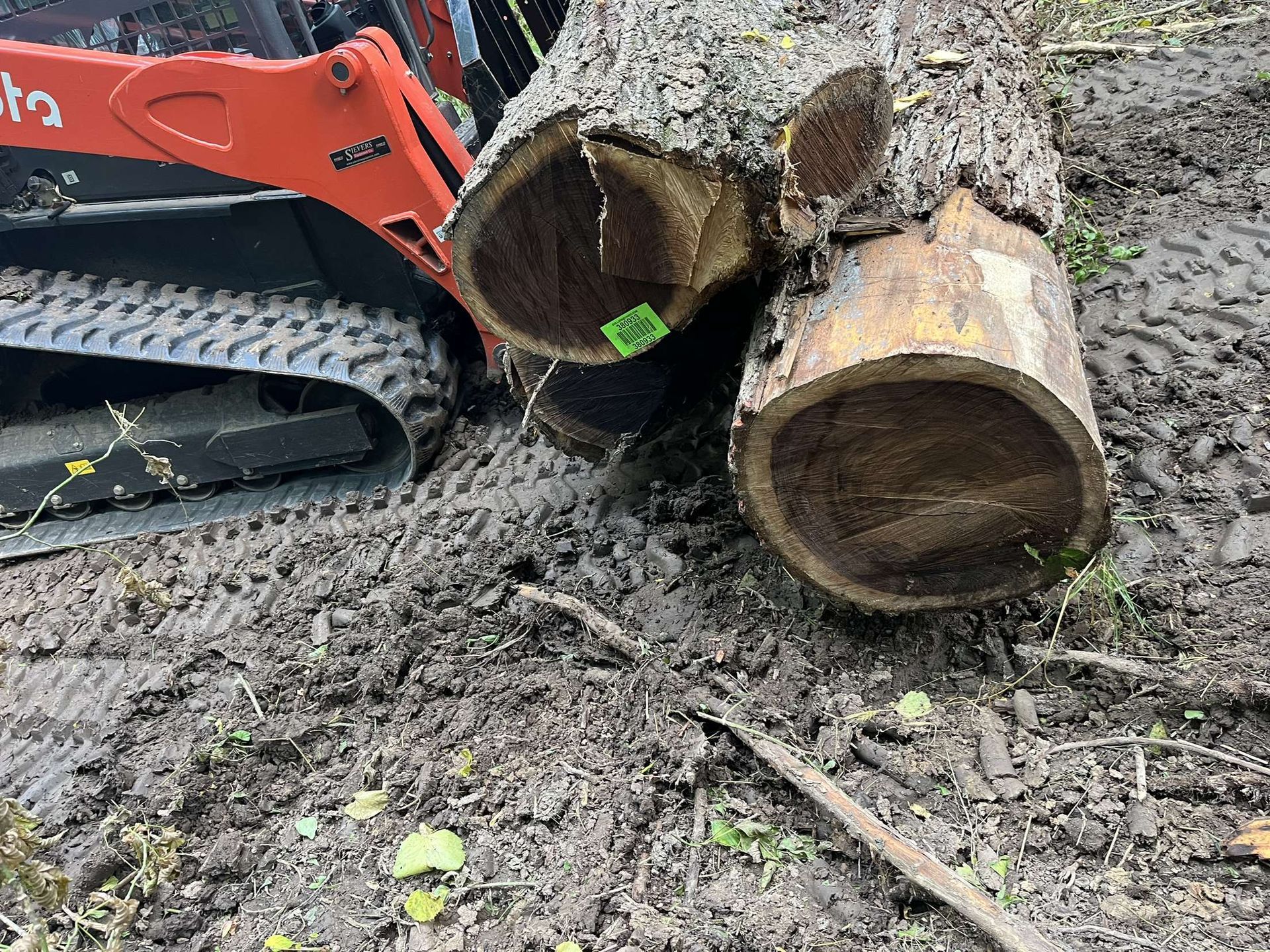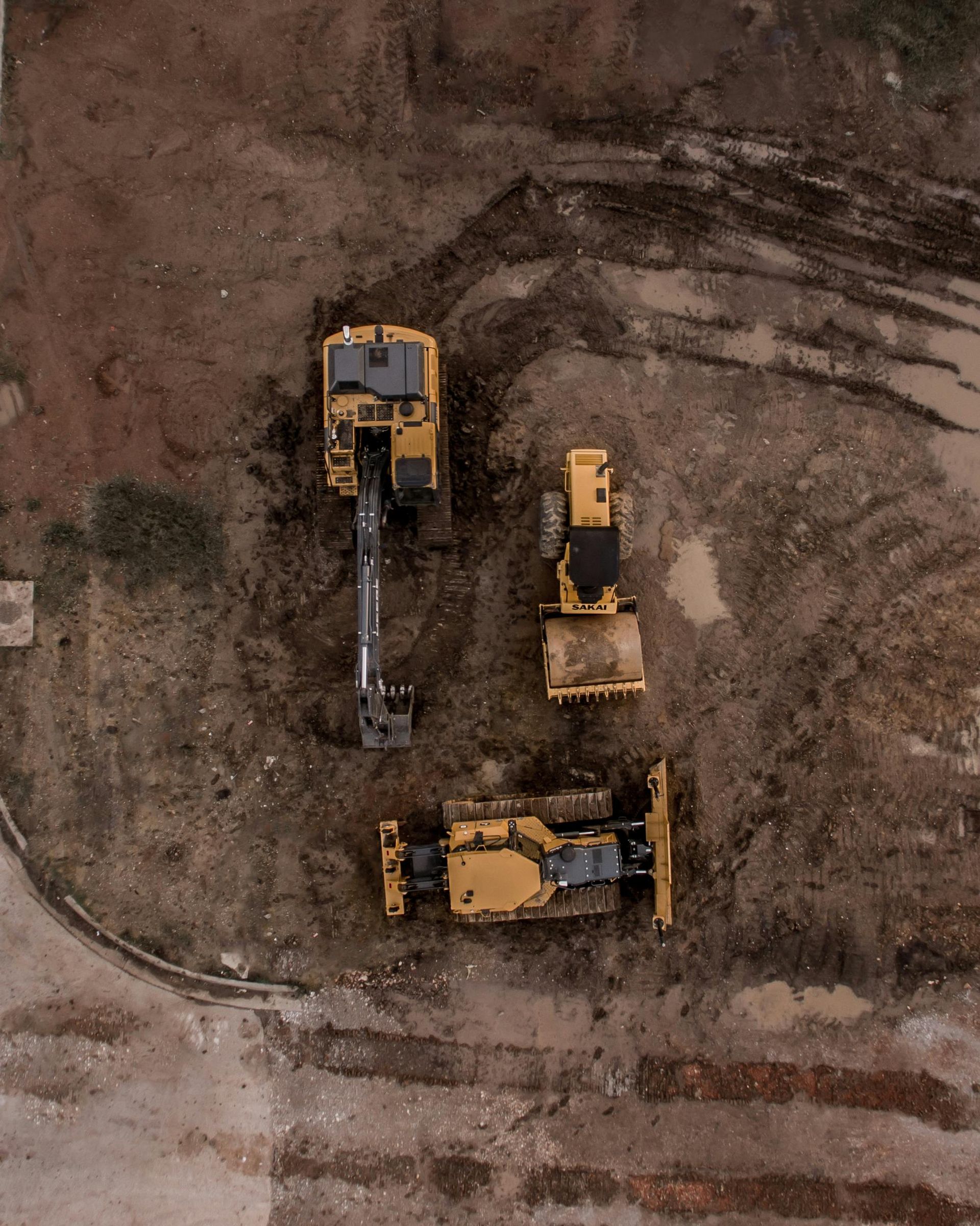Choosing Forestry Equipment in Decatur
Choosing Forestry Equipment in Decatur
When you need reliable forestry equipment in Decatur, the right dealer makes all the difference in getting machinery that matches your specific needs. Professional forestry equipment should combine durability, efficiency, and the support services that keep your operations running smoothly.
What should you look for in forestry equipment quality and reliability?
Quality forestry equipment starts with proven manufacturing and design that can handle demanding forest conditions. Look for machinery built with heavy-duty components, reliable hydraulic systems, and engines designed for continuous operation in challenging environments.
Professional-grade equipment like Tajfun forestry machinery offers the durability needed for commercial logging, land management, and timber processing operations. These machines are designed for efficiency and longevity, with features that minimize downtime and maximize productivity in forest environments.
How do you evaluate dealer support and service capabilities?
Equipment is only as good as the support behind it. Quality dealers provide comprehensive service including equipment training, maintenance support, and readily available parts. They should have certified technicians who understand forestry equipment and can provide timely repairs when needed.
Ask about their service territory, response times, and parts availability. Dealers who specialize in forestry equipment understand the seasonal nature of logging operations and the importance of keeping equipment operational during peak seasons.
What financing and training options should be available?
Professional equipment dealers offer flexible financing options that work for different business sizes and cash flow needs. They should be able to explain various financing programs, lease options, and payment structures that fit your specific situation.
Training is equally important. Quality dealers provide operator training to ensure you get maximum productivity and safety from your equipment. This includes both initial training for new equipment and ongoing support as your operations grow or change.
Decatur's strategic location for forestry operations
Decatur's central Illinois location provides excellent access to both timber resources and equipment service networks. The city's position near major transportation routes makes it ideal for forestry operations that need to move equipment and timber efficiently throughout the region.
Local equipment dealers understand Decatur's role in central Illinois forestry and can recommend machinery suited to the area's timber types and terrain. They know which equipment works best for local oak and walnut operations, seasonal considerations for equipment use, and how to maximize efficiency in the region's diverse forest environments.
For professional forestry equipment in Decatur, contact Grade Timber's equipment specialists at (309) 472-7867. As authorized Tajfun dealers with extensive experience in central Illinois forestry, we provide equipment sales, training, and support services tailored to local operations. Our expertise includes everything from logging winches to complete forestry systems designed for sustainable timber operations.
